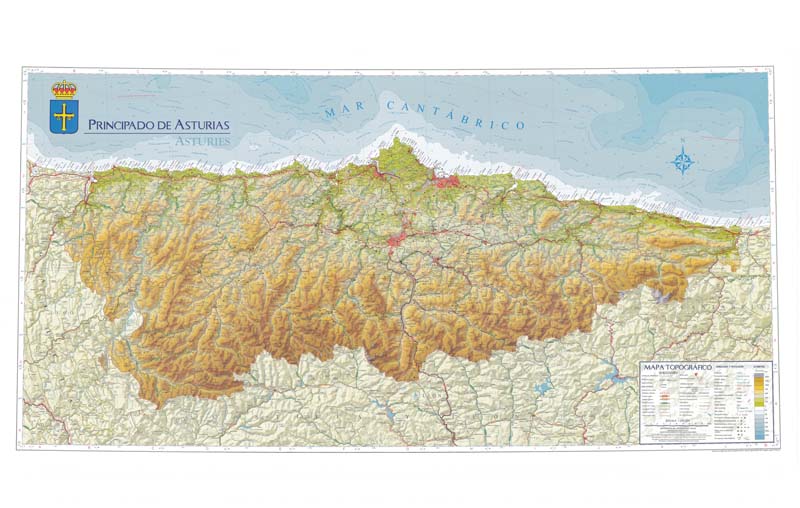Welcome all to today’s dev diary, where I’ll be covering the long-awaited Iberian and North African map update coming in the 1.28 ‘Spain’ update.

Nations released for the sake of example
As things currently stand, though as always things are subject to change before release, Iberia consists of 571 development over 63 provinces. This includes the Macaronesia area but now excludes Labourd, which has been returned to the French region.
In Aragon, the distinction between the Kingdom of Aragon, the Kingdom of Valencia, and the Principality of Catalonia has become more pronounced. Tarragona is now rightly in the Catalonia area, and the province of Valencia has been split so that Castello and Xativa have become separate provinces. Valencia itself has the potential to be a very rich city indeed, as the player’s actions can lead to it becoming a major producer of silk. The three major Balearic Islands have become provinces in and of themselves, linked together by a strait and comprising their own Area.
Likewise, Galicia has seen itself grow from 1 province to 4, and now has an Area all to itself.
Portugal and Granada have been gifted one additional province each: Aveiro and Malaga respectively.
Last but not least, many citizens of Navarra are looking a little confused as they wonder where their coastline has gone. Wedged between major powers and with no immediate means of escape over the ocean, Navarra will be a very challenging nation in 1.28.
New releasable nations:
Valencia: The Kingdom of Valencia was a major constituent part of the Crown of Aragon in 1444. In 1.28 the former kingdom of El Cid will be a releasable nation.
Asturias: The Kingdom of Asturias ceased to exist long before our start date, but it nicely fills the absence of releasable nations in the region.

I’ve also taken another look at North Africa. Here we can see several new provinces along the coast, including those belonging to new nations that can emerge during the game.
The province of Demnate allows a route through the Atlas mountains; a convenient shortcut and potentially a deadly choke-point.
The Canary Islands have been split between Gran Canaria and Tenerife to represent the somewhat incomplete Castilian conquest and colonization of the islands.
For the masochists among you who play as Granada, they now have a core on the province on Ceuta.
New releasable nations:
Salé and Tétouan: Home to some of the most infamous Barbary Pirates, these nations will be releasable in 1444, and may emerge dynamically in the course of the game in the style of Habsan.

Finally, I’ve made some minor changes to the eastern Maghreb. The province of Kairwan has been added for Tunis, and the addition of Sabha has allowed a more aesthetic redrawing of Fezzan’s borders.
That’s all for today. Next week, @Groogy will reveal some of the new features coming in the as yet unnamed Immersion pack to be released alongside 1.28.

Nations released for the sake of example
As things currently stand, though as always things are subject to change before release, Iberia consists of 571 development over 63 provinces. This includes the Macaronesia area but now excludes Labourd, which has been returned to the French region.
In Aragon, the distinction between the Kingdom of Aragon, the Kingdom of Valencia, and the Principality of Catalonia has become more pronounced. Tarragona is now rightly in the Catalonia area, and the province of Valencia has been split so that Castello and Xativa have become separate provinces. Valencia itself has the potential to be a very rich city indeed, as the player’s actions can lead to it becoming a major producer of silk. The three major Balearic Islands have become provinces in and of themselves, linked together by a strait and comprising their own Area.
Likewise, Galicia has seen itself grow from 1 province to 4, and now has an Area all to itself.
Portugal and Granada have been gifted one additional province each: Aveiro and Malaga respectively.
Last but not least, many citizens of Navarra are looking a little confused as they wonder where their coastline has gone. Wedged between major powers and with no immediate means of escape over the ocean, Navarra will be a very challenging nation in 1.28.
New releasable nations:
Valencia: The Kingdom of Valencia was a major constituent part of the Crown of Aragon in 1444. In 1.28 the former kingdom of El Cid will be a releasable nation.
Asturias: The Kingdom of Asturias ceased to exist long before our start date, but it nicely fills the absence of releasable nations in the region.

I’ve also taken another look at North Africa. Here we can see several new provinces along the coast, including those belonging to new nations that can emerge during the game.
The province of Demnate allows a route through the Atlas mountains; a convenient shortcut and potentially a deadly choke-point.
The Canary Islands have been split between Gran Canaria and Tenerife to represent the somewhat incomplete Castilian conquest and colonization of the islands.
For the masochists among you who play as Granada, they now have a core on the province on Ceuta.
New releasable nations:
Salé and Tétouan: Home to some of the most infamous Barbary Pirates, these nations will be releasable in 1444, and may emerge dynamically in the course of the game in the style of Habsan.

Finally, I’ve made some minor changes to the eastern Maghreb. The province of Kairwan has been added for Tunis, and the addition of Sabha has allowed a more aesthetic redrawing of Fezzan’s borders.
That’s all for today. Next week, @Groogy will reveal some of the new features coming in the as yet unnamed Immersion pack to be released alongside 1.28.







